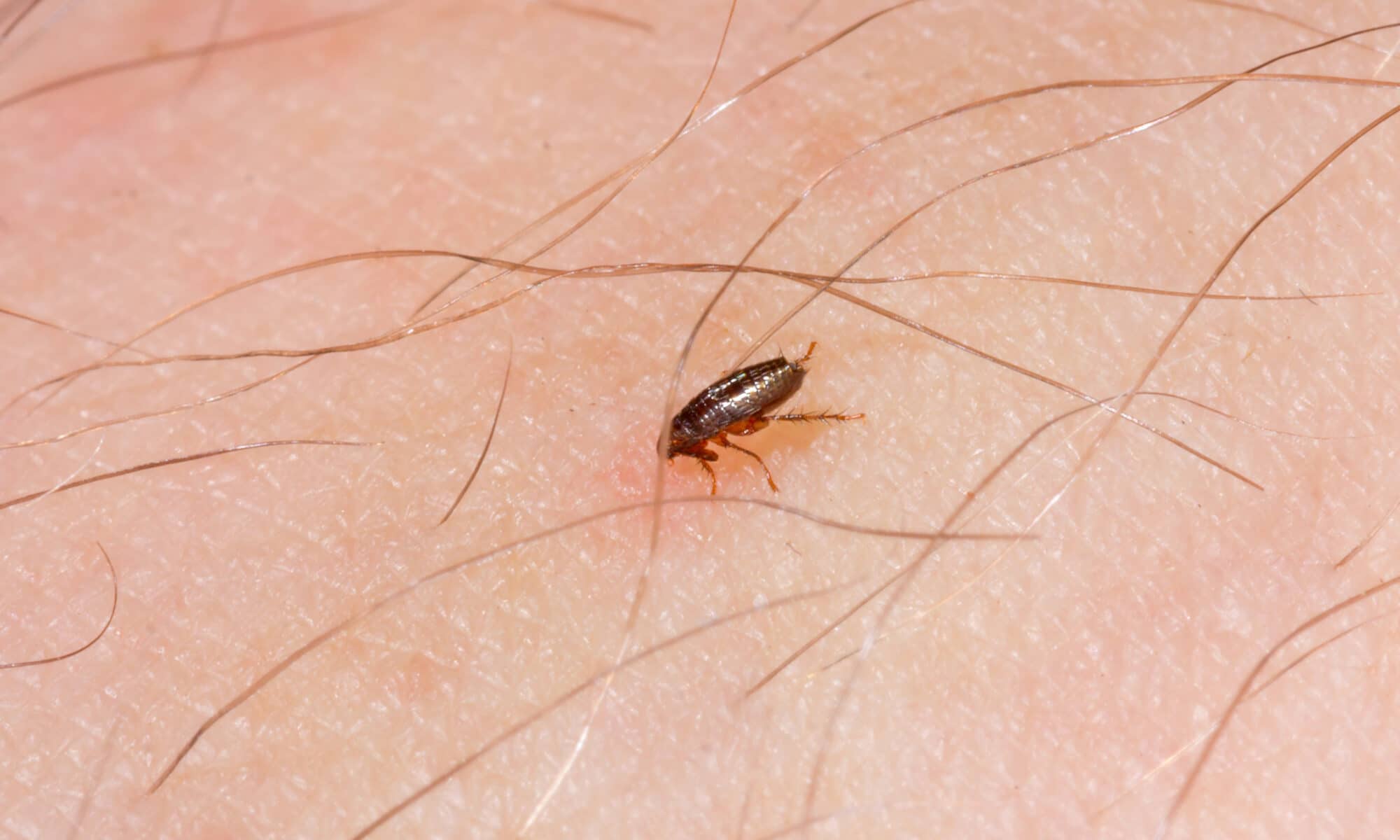
Do pests contribute to seasonal allergies? Although often overlooked, pests can trigger allergy symptoms. There are ways to lessen these irritants ranging from itchy, watery eyes to difficulties in respiration.
Unfortunately, children are often most affected by these symptoms.
Whether in or out of your home, allergens cause coughing, runny nose, with itchy and watery eyes. In the worst cases, the allergens present can eventually trigger asthmatic symptoms as well.
Indoor allergen triggers include but are not limited to household pests, dust, and mold, to name a few. There may be others as well.
A trigger that may get overlooked is household pests. Examples of these pests include but are not limited to ants, bees, cockroaches, and dust mites. They are small and often go unseen if their presence is unseen.
When you are ready to lower allergic reactions and asthma attacks, call Environmental Pest Management to discuss their assistance in reducing pest allergens no matter what time of year.

How do household pets contribute to allergens?
Do pests contribute to seasonal allergies? If you are one of the over 50 million Americans who suffer from seasonal allergies, this is an important question. Mainly if you can prevent triggering your symptoms.
What are these triggers? Outside triggers include but are not limited to mold, pollen, and grass. They will cause sneezing, coughing, and even respiratory distress that can lead to asthma.
Coming inside may not offer you and your family relief—dust and dander trigger allergies. Just as with outdoor allergies, they cause itchy watery eyes, coughing, and sneezing.
Sadly, children are most susceptible to triggers that we live around.
Indoor allergens can initiate symptoms such as coughing, sneezing, and watery eyes. Sufferers may also find themselves wheezing and having trouble breathing.
What are dust and dander?
Cockroaches and dust mites are the main contributors to dust and dander. Their saliva, droppings, and casings go into the air, causing dander that absolutely will trigger allergens and asthma if left unchecked over time. Dander contributes to itchy eyes.
Cockroaches prefer warm and moist areas. They also tend to nest where there is unattended food and waste available.
Dust mites are pests who feast on human and pet dander. Dander comprised of dead skin from both humans and animals is what is in our homes. They are also experts in pulling moisture from the air for nourishment.
These pests often tend to nest where they can find the most nourishment. An example of this would be in a bed where human skin regularly sloughs off and collects over time.
So do household pests contribute to seasonal allergies?
According to the National Pest Management Association, the dander and waste of common household pests do indeed contribute.
What can I do about pests and allergies
There are daily steps you can take to keep pests at bay. They may seem little but will go a long way in pest prevention. These include:
- food is stored correctly
- daily cleaning
- vigilantly keeping trash and waste contained
Even with maximum effort, one cannot receive peace of mind merely cleaning, especially if there are children or people with asthma symptoms in your home.
The most effective plan is to have a professional come to look at your home. The education and peace of mind provided is priceless. It is also an investment in the ease of allergy symptoms.
Who do you call?
If you live in the greater Minnesota area or the Twin Cities, then Environmental Pest Management is a great choice. They have been serving the area since 1986 almost 40 years of serving this community faithfully.
They not only treat homes but restaurants, hospitals, and other businesses. Their priority is to be safe and use the best methods possible for each environment they enter. Their pest solution plan leaves the environment better for all.
The clients’ safety, health and environment are all taken into consideration to plan the best system for each case.
No matter the client, a thorough walk through the site will be completed. Afterward an efficient and effective plan is composed. A system that respects the environment, your family and the client are set into action.
Environmentally aware
When possible, the technicians at Environmental Pest Management will opt for non-chemical treatments. It is humane and better all-around for pets and humans, whether you are a business, hospital or a home.
A considerable amount of effort and consideration goes into creating a plan for service after the consultation. If a chemical system can be used and is best, then it will be executed.

They mean business
The dedication to service does not end at what treatments will be executed. They truly invest in the education and experience of their technicians. They are investing in licensing and training.
Any technician working for Environmental Pest Management must be trained as a journeyman for two years before being classified as a master. The training arms them with the most updated knowledge and experience to draw on.
This gained knowledge and experience make them confident in using the best treatment that will have the longest-lasting success.
Environmental Pest Management is a long-term member of both the National Pest Management Association and the Minnesota Pest Management Association.
These affiliations provide accountability and access to the best minds in the industry. These memberships offer newer treatments and breakthroughs in pest management and more knowledge in the pest management field.
The Next Step
The best thing you can do to protect your family from indoor allergy triggers is to call Environmental Pest Management for pest control services. Allow them to help you to improve allergy and asthmatic symptoms your family may face.
Environmental Pest Management has served the greater Minnesota area and the people in it for nearly 40 years. They are located in Burnsville, MN.
In conclusion, household pests do contribute to allergens in your home. They may even cause an asthmatic trigger. The best course of action is to call Environmental Pest Management today.

















